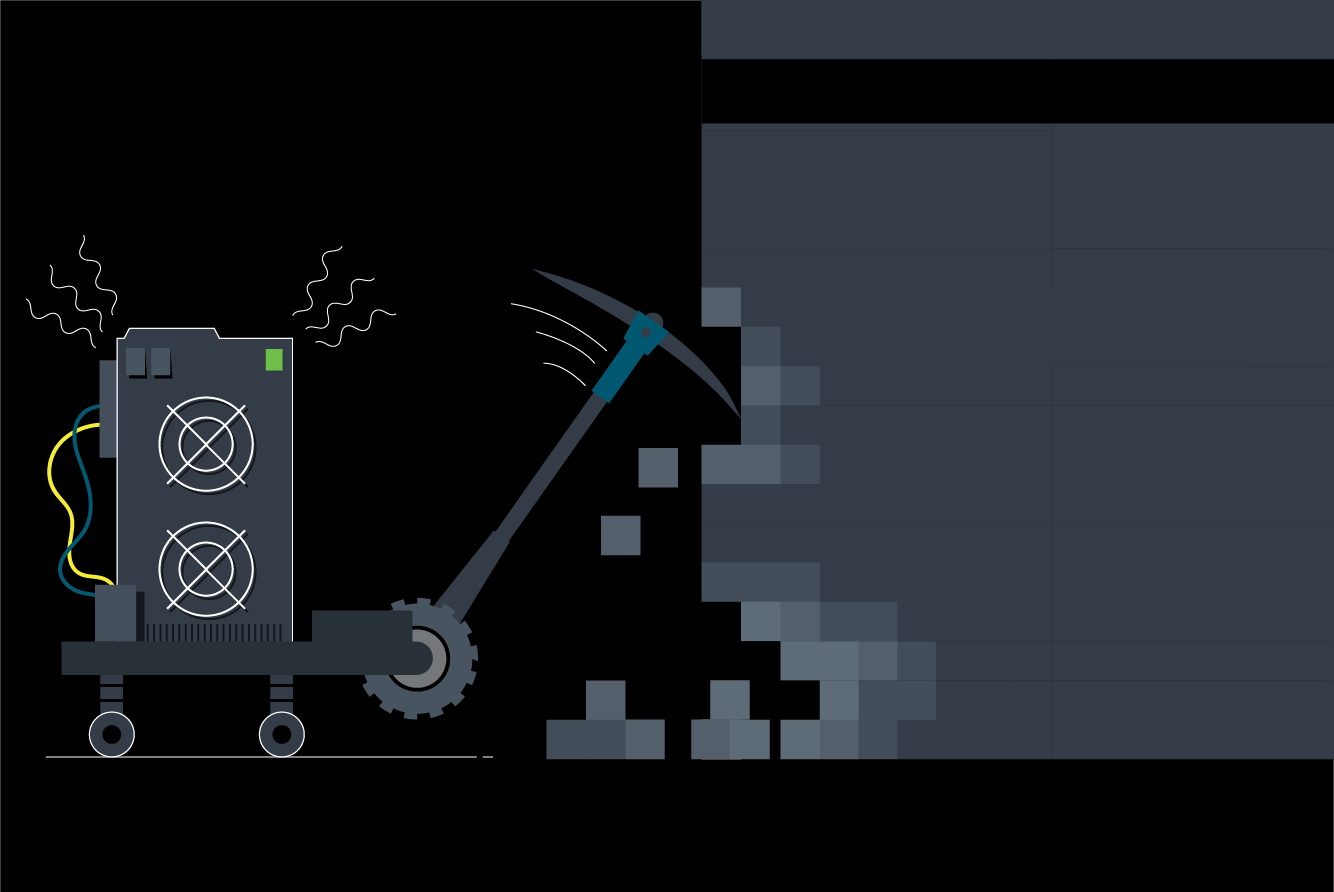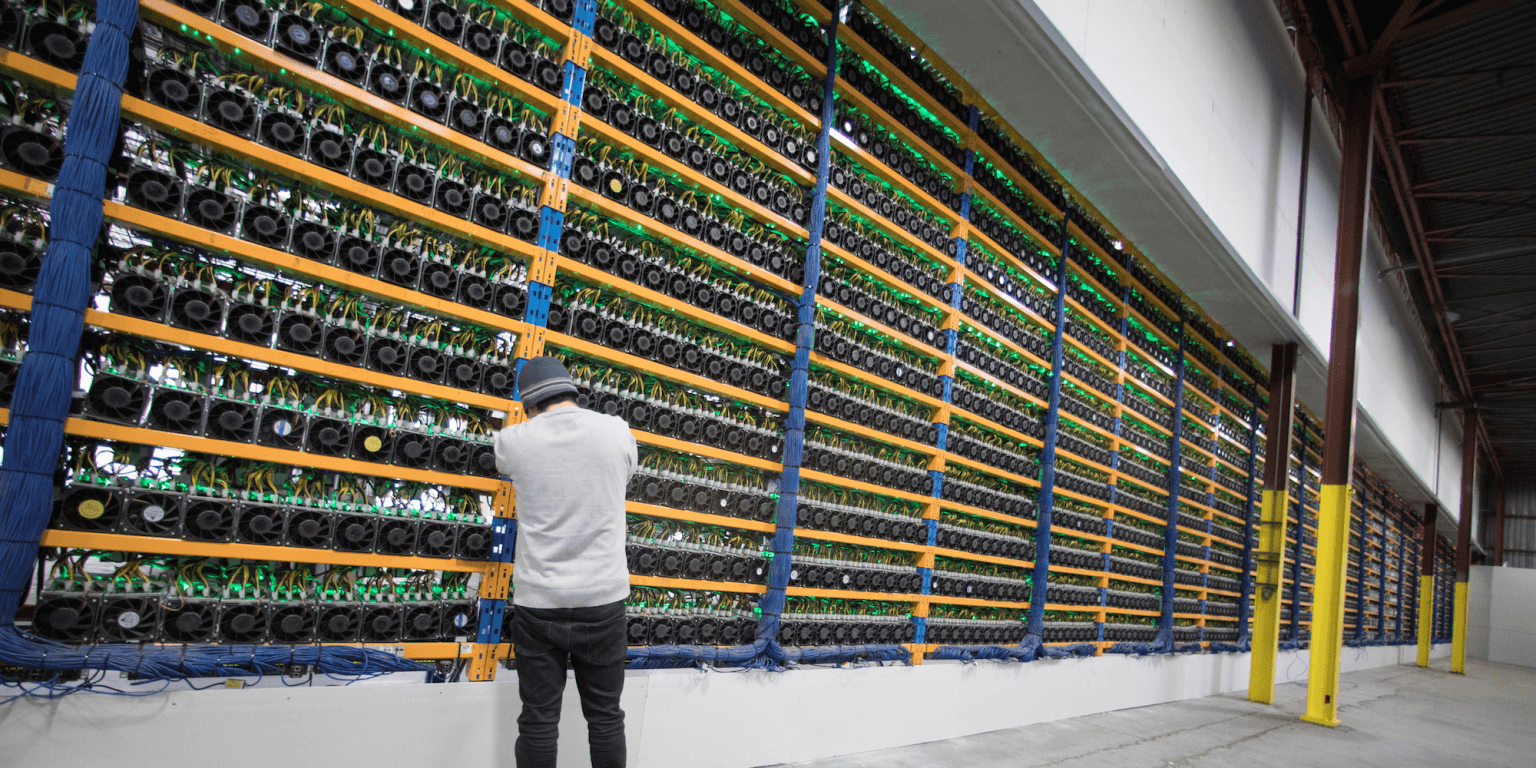Unveiling Bitcoin's Key Support Levels: Strategic Insights from a Veteran Miner

The market has recently taken a significant dip, with Bitcoin hovering around the $58,000 range. As a seasoned miner in the Bitcoin mining industry, I understand the intricate factors behind each support level. From electricity costs to market dynamics, these support levels not only determine the survival of miners but also provide valuable insights for investors. Today, I will combine my personal experience to delve into several key Bitcoin support levels.
1. Electricity Costs: The Shutdown Line
Electricity cost is the most fundamental consideration in Bitcoin mining. Taking the current market mainstream miner T21 as an example, with a global hashrate of 580E and an electricity cost of approximately $0.053 per kWh, the shutdown price is around $31,000. This means that when Bitcoin's price falls below this level, miners will face the dilemma of not being able to cover their electricity costs, forcing them to halt mining. Notably, historical data shows that mainstream miners rarely shut down at moderate electricity prices, which gives miners a certain degree of confidence.
This red line is crucial not only for miners but also for the overall market. When prices approach or fall below the shutdown price, the selling pressure from miners increases, reducing market supply and thus providing a natural bottom support for the price. This mechanism ensures the stability of the Bitcoin market in extreme conditions.

2. Cost Support: The $52,500 Umbrella
From a cost perspective, considering an electricity cost of approximately $0.053 per kWh and a three-year lifespan for the T21 miner, the Bitcoin price matching daily electricity and miner costs is $52,500. This price level is the minimum threshold for miners to maintain normal operations. For investors, this means that when Bitcoin's price approaches or falls below $52,500, the risk of buying Bitcoin is much lower than the risk of miners making large-scale investments in mining. Therefore, $52,500 is a critical cost support level.
For long-term investors, this support level is of significant reference value. The breakeven point for miners at this price level determines the market's supply and demand dynamics. Investors can establish positions near this price level, thereby reducing investment risk and enjoying potential market rebounds.

3. Bear Market Support: The $60,000 Stability Zone
In a bear market, Bitcoin prices typically fluctuate around 150%-200% of the shutdown price, which is approximately $60,000. From a medium to long-term investment perspective, this is a relatively stable bottom support level. At this price level, most miners in the market can still maintain profitability, reducing the pressure of large-scale Bitcoin sell-offs and keeping the price relatively stable. For investors, this price level provides a lower-risk entry point.
Additionally, $60,000 as a bear market support level reflects market confidence and expectations. Even in times of low market sentiment, this support level can effectively prevent further price declines and lay the foundation for market recovery. Investors can use this support level to implement a dollar-cost averaging strategy, gradually accumulating positions and waiting for the market to warm up.
4. Market Dynamics: The Game in New Circumstances
The mining market is not static; current market dynamics pose new challenges and opportunities for both miners and investors.
- Miner Upgrades and Electricity Cost Distribution: The latest 3-nanometer T21 miners have just begun large-scale shipments, mainly to regions with higher electricity costs such as North America and Australia. Meanwhile, mining farms using cheaper electricity mostly still use 7-nanometer models like the S19pro and S19xp. This disparity leads to differences in operating costs and strategies for miners in different regions.
- North American Operational Costs: Although North American electricity costs are approximately $0.053 per kWh, when adding operational and labor costs, the total cost is about $0.095 per kWh. This results in a total mining cost of approximately $60,000 for using T21 miners in the US. This cost structure affects the profitability and market strategies of North American miners, further complicating the market.
- Public Company Mining Models: Public companies differ from traditional miners in that they can use shareholder funds or pledge stocks to borrow money for mining, such as Riot. This new mining model greatly enhances their capital turnover capacity, putting individual miners at a disadvantage in terms of capital flow. In this scenario, traditional miners need more flexible strategies to cope with market changes. The involvement of public companies not only changes the mining landscape but also increases market uncertainty and competitive pressure.
- Electricity Supply and Policy Changes: As countries continuously adjust their regulatory policies on cryptocurrency mining, the stability and price of electricity supply are also affected. Some countries may impose stricter restrictions or even ban cryptocurrency mining, directly impacting miners' operating costs and market supply.

Final Thoughts
Bitcoin mining support levels are not merely simple numbers; they encompass complex cost calculations and market dynamics. Understanding these support levels is crucial for both miners and investors. Electricity costs, cost support, and bear market support are three key support levels that collectively form the stable foundation of the Bitcoin market. Faced with a constantly changing market, miners and investors need to closely monitor these key support levels and adjust strategies flexibly to cope with future challenges and opportunities. By gaining a deep understanding of these support levels, everyone can better grasp the pulse of the Bitcoin market and make more informed decisions.
The Bitcoin market is ever-changing; only through deep insights and flexible responses can one stand undefeated in this game. I hope this analysis provides valuable references for miners and investors as we collectively embrace the future of the cryptocurrency market.
(Note: The article content is independently submitted by users and does not reflect the views or opinions of Minernav. It is provided for informational purposes only and should not be construed as investment advice.)
Please specify source if reproducedUnveiling Bitcoin's Key Support Levels: Strategic Insights from a Veteran Miner | Crypto Mining Resources Navigation | MinerNav














